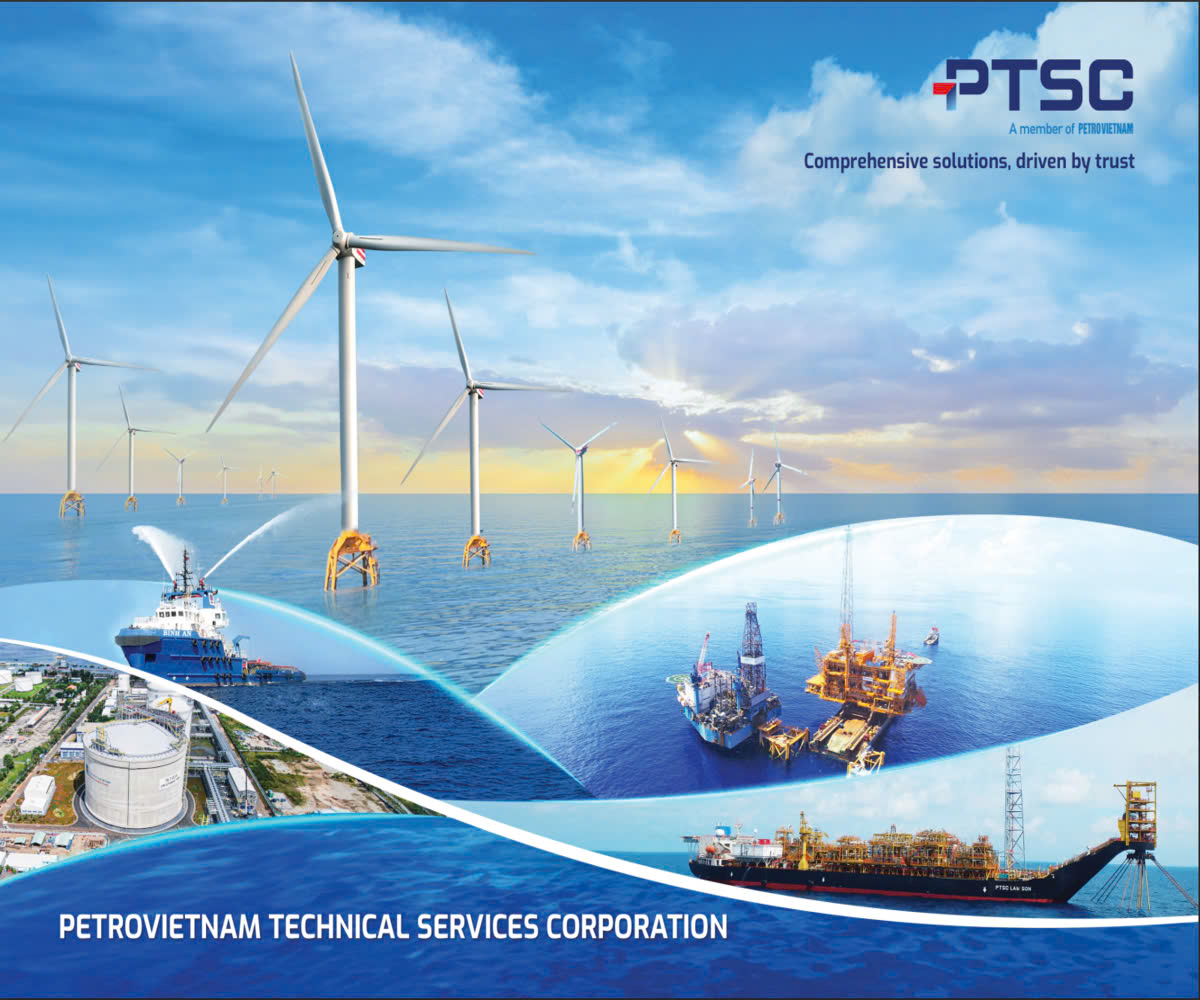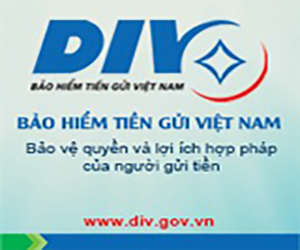Increase the price of wine and beer in line with growth in income and inflation
On July 4, Investor Magazine/Nhadautu.vn held a scientific workshop titled "Suggestions for the Development of the Law on Excise Tax (Amended)."
According to Dr. Nguyen Anh Tuan, Editor-in-Chief of Investor Magazine/Nhadautu.vn, the MoF officially submitted a report to the Government on the proposal to develop the Law on Excise Tax (amended) on June 21, 2023. This has been the result of the research process, concretizing the Party's and the State's policies to orient policy proposals, summarizing the assessment of the Excise Tax Law's implementation in recent years through comments from ministries, branches, localities, and businesses.
 |
| Overview of the scientific workshop "Suggestions for the development of the Excise Tax Law Project (amended)". Photo: TN |
According to Dr. Nguyen Anh Tuan, many experts expressed their appreciation and agreement with the views, amendments, and supplements of the Excise Tax Draft Law proposed by the MoF. However, there were also different opinions regarding tax calculation methods, tax rate adjustment, and the inclusion of some items subject to excise tax such as barley drinks, sugar-sweetened beverages, and non-alcoholic beverages.
On one hand, several experts claimed that absolute and mixed tax calculation methods should be applied to wine and beer products, as they are in many other countries. On the other hand, others insisted on keeping the current relative tax calculation methods. Concerning the excise tax rate for alcohol products, the MoF proposed to raise the excise tax rate to increase the selling price of wine and beer by at least 10% according to the recommendations of the World Health Organization (WHO) and the tax rise scheme in line with the increase in income and inflation.
Ms. Le Thuy Linh, Deputy Head of the Tax Policy Department (under MoF), stated at the workshop that the MoF is the leading unit making proposals to develop the amended Excise Tax Law Project. Currently, the Ministry reported to the Government and is in the process of proposing. It is vital to amend Excise Tax Law; however, how to amend it along with the specific scheme must be discussed further. The MoF is continuing to synthesize opinions for submission to competent authorities for consideration and approval.
Ms. Linh, on the other hand, demonstrated that the proposed revisions to the Law on Excise Tax adhere to the Party's and the State's policies and guidelines. In particular, it is Resolution No. 07-NQ/TW of the Politburo that emphasizes "completing the collection policy associated with restructuring the state budget revenue in the direction of covering all revenue sources, expanding the collection base, especially new revenue sources, under international practices". In addition, Resolution No. 20-NQ/TW of the Party Central Committee on strengthening the protection, care, and improvement of people's health in the new situation sets out the task of "Raising the excise tax on goods harmful to health such as alcoholic beverages and carbonated drinks".
Furthermore, Decision 02/QD-TTg of the Prime Minister approving the national nutrition strategy for the period 2021 - 2030 with a vision to 2045 proposes the imposition of the excise tax on alcoholic beverages. Also, under the Decision No. 155/QD-TTg of the Prime Minister approving the national plan for prevention and control of non-communicable diseases and mental health disorders for the period 2022 - 2025, the MoF is assigned to study and propose appropriate tax rates for sugary beverage products, unhealthy foods, and conditional business products to limit unhealthy products.
The proper time to review and amend the Law
According to the economic expert Dr. Can Van Luc, this is an appropriate time to evaluate and review the Law on Excise Tax. The current excise tax on wine is from 35% to 65% (depending on the types), and that on beer is 65%. Vietnam still ranks 2nd in Southeast Asia, ranked 3rd in Asia in terms of average alcohol consumption per person based on the 2021 data. Therefore, it is appropriate to propose the direction of tax rise as drafted, but it is necessary to take into account the scheme and timeline.
Regarding the tax calculation method, Mr. Luc demonstrated that the principle of tax revision is to balance the benefits of the State, individuals, and businesses. Mr. Luc, in particular, stated that each tax calculation method has different advantages and disadvantages.
Currently, approximately 73% of countries in the world use absolute and mixed tax methods, while the remaining 27% use relative tax methods. Vietnam is applying the relative tax calculation method and belongs to this group of 27%. Nonetheless, the items that are subject to excise tax need classifying specific categories, i.e., which one uses the absolute tax calculation method and which one applies to relative tax calculation method.
According to Mr.Luc, tax authorities have enough methods to calculate different items to apply different tax calculation methods. However, the MoF may continue to reserve opinions in the legal dossier, but it is crucial to thoroughly study the assessment in line with a clear scheme, and simultaneously consider it in accordance with fiscal and monetary policies.
Ms. Huong Vu, General Director of EY Vietnam Consulting Joint Stock Company, stated that many countries around the world impose excise taxes on wine and beer products in order to regulate production and consumption, limit alcoholic beverage abuse, and protect consumers' health. Countries, in particular, use different tax calculation methods depending on their specific situation.
Currently, some suggest that Vietnam should research and implement absolute or mixed taxation calculation methods for alcohol products, as some countries around the world do.
However, it should be noted that Vietnam's alcohol market is very different from that of other countries around the world. Therefore, policymakers must carefully study, calculate, and evaluate which tax method to use to have the least impact on businesses while still achieving policy goals.




















































